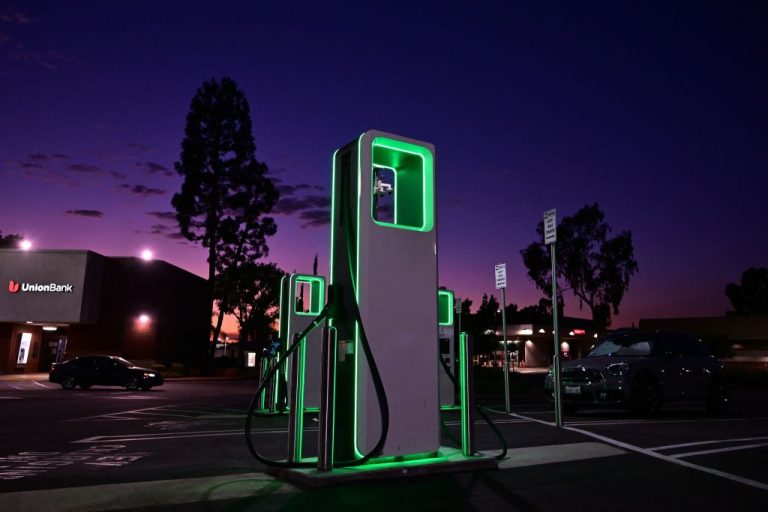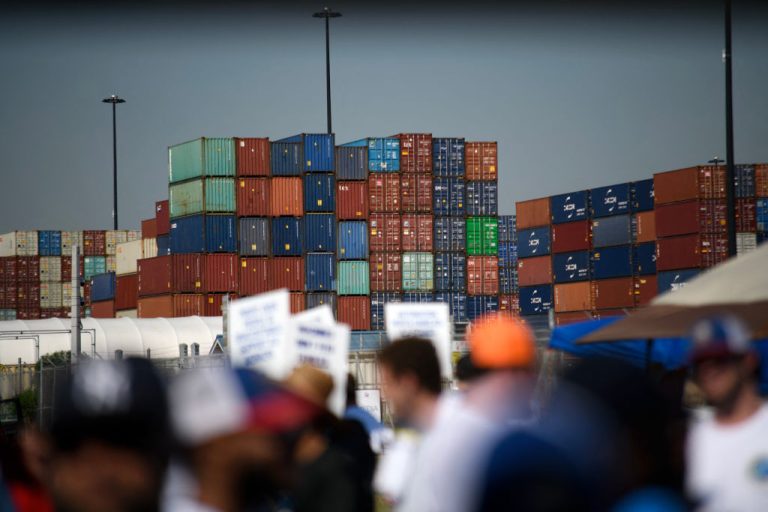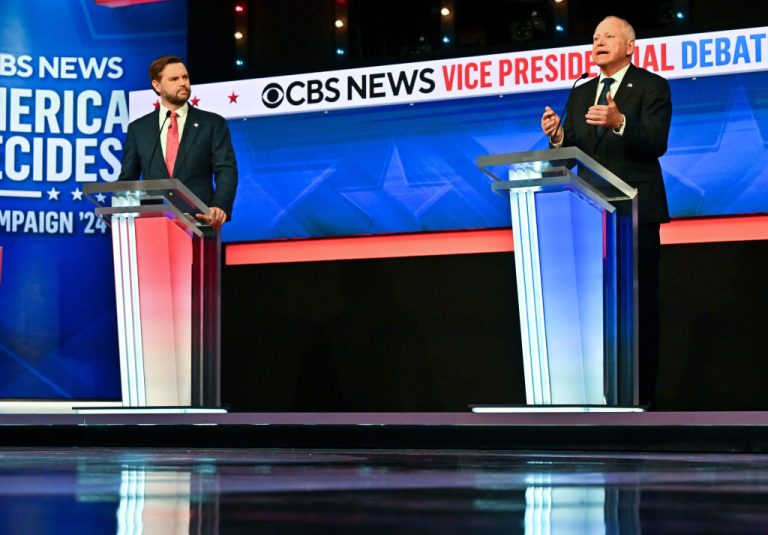By 2035, EV charging stations will need as much power as a small city, an energy utility claimed — a prospect hard to live up to given the condition of the current infrastructure.
The study was done by National Grid, a major electricity and gas utility in the Northeastern United States covering large parts of New York State and Massachusetts.
The calculation was based on the assumption that by 2035 all light-duty car sales and by 2045 all medium-duty and heavy-duty truck sales will need to be electric.
National Grid figured out that in their service areas in the next ten years, it would take 71 charging stations to meet the demand. More than a quarter of those stations would require 20 or more fast-chargers.
READ MORE
- Electric Vehicle Makers Burning Cash, Slammed by Sky-high Costs
- MIT Gave Intelligence to ‘Swarms’ of Robots to Make Vehicles, Self-multiply, and Transmit Power
- Two Women Rented an EV for a 2,000-mile Road Trip, and It Was a Nightmare
- German Climate Extremists Block Road, Stop Rescuers From Saving Injured Cyclist. She Died.
The survey summarized that such a power station would saddle the grid with some 19 megawatts of demand; the amount of energy a small town would need during peak hours.
Success
You are now signed up for our newsletter
Success
Check your email to complete sign up
By 2045, the larger charging stations during peak hours would need up to 30 megawatts, the equivalent of a large manufacturing plant.
Of course, to meet the requirements, heavy investments will be needed. “Building these high-voltage interconnections and upgrades can take years, which is why it’s important to take action right now,” the study said.
“Many fast-charging sites will eventually connect to the high-voltage transmission grid for power,” the report noted, remarking that most high-voltage power lines already run along highways in many cases.
“By making ‘no-regrets’ upgrades at ‘no-regrets’ sites, we can make sure fast-charging is there when drivers need it—and not a moment too late,” it added confidently.
An unenthusiastic end user
Providers and lawmakers may be confident about the necessity of these ambitious transition plans to change from combustion-driven cars to electric ones, but the public is not half as “energetic” about the feasibility or even less the necessity of them.
“I’ve seen estimates that the electricity grid would need doubled!” said one Twitter user, adding, “And batteries are terribly inefficient, leaking charges down, extremely heavy and extremely hard to put out if they catch fire in an accident or flood.”
“I’m no electrical engineer, but I’d venture a guess that some of the larger truck stops will require far more than the 25-30 mega watts depicted here. Think 500+ rigs trying to charge batteries at the same time,” commented another.
“Doubt we have to worry too much about that because the North American power grid will collapse long before 2035,” remarked another soberly.
“And frankly no one will be able to afford a car, let alone an electric car, so there’s really no problem…” another jested.
Running out of raw materials
Another challenge that will need to be overcome is the scarcity of raw materials necessary for producing car batteries, which has already nearly reached its limit.
In an earlier article published in 2021, Vision Times reported how Alixpartners, a consulting firm, noted that semiconductor deficiencies would have cost the auto industry $210 billion in earnings just in 2021.
It further stated that EV producers were bracing for a possible acute shortage of EV batteries as well as the precious metals needed to make them.
The article quoted at the time the CEO of Rivian, an American electric vehicle and automotive technology company, saying: “Put very simply, all the world’s cell production combined represents well under 10% of what we will need in 10 years. Meaning, 90% to 95% of the supply chain does not exist.”
Going nuke
A growing number of primarily right-leaning consumers, lawmakers, and netizens seek relief from the seemingly inevitable impasse in the supply chain and failing infrastructure by putting their hopes on nuclear energy, which they have classified as a “clean” energy source overnight.
But of course, there’s no such thing as clean nuclear energy. The only clean energy is free energy. In 1929, the famous Serbian inventor Nicola Tesla already produced a prototype of a fully electrically-driven car that could run for an unlimited number of miles without the need for a power supply or battery.
It tapped straight into the etheric fields and relied entirely on alternating current, much unlike Elon Musk’s counterfeited status symbol by the same name, which relies on direct current generated by heavy, backwarded, polluting batteries for its power generation.







